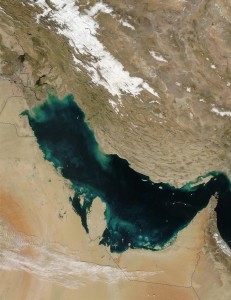Returning Fighters
As the war against ISIS comes to an end, the media and politicians have been discussing how to deal with the return of those who fought for ISIS. What fewer people are aware of is that there were also volunteers who chose to embed with Kurdish units fighting against ISIS in northern Iraq and Syria. In some respects, as I discussed in an earlier blog, the conflict in the Middle East has resembled the Spanish Civil War, in that it drew in foreigners from around the world, who were motivated to join an ideological conflict. I’m not the first person to have that insight, which was also recently discussed in a documentary titled, “The Fight Against Islamic State – Robin Hood Complex.” …

